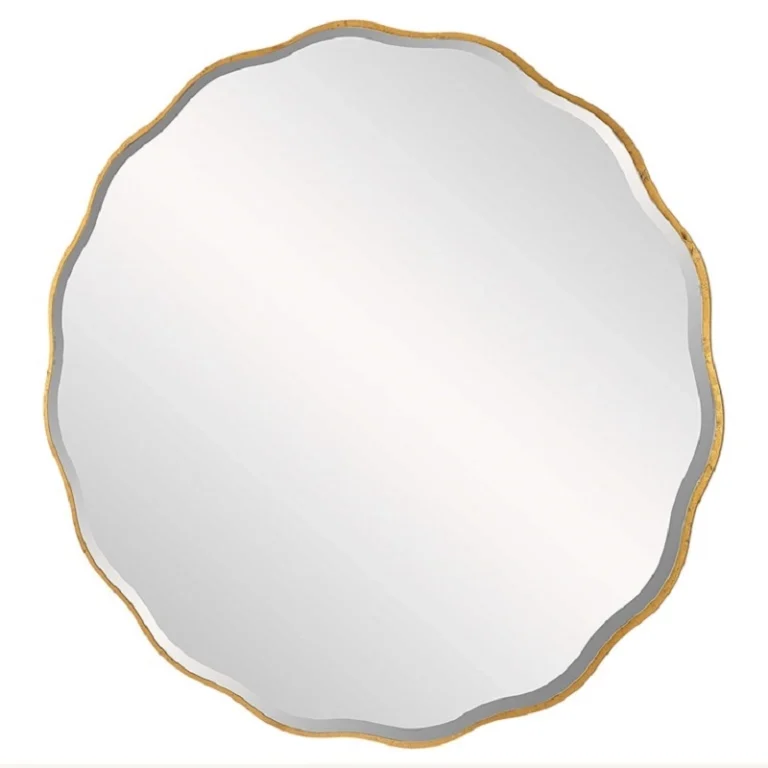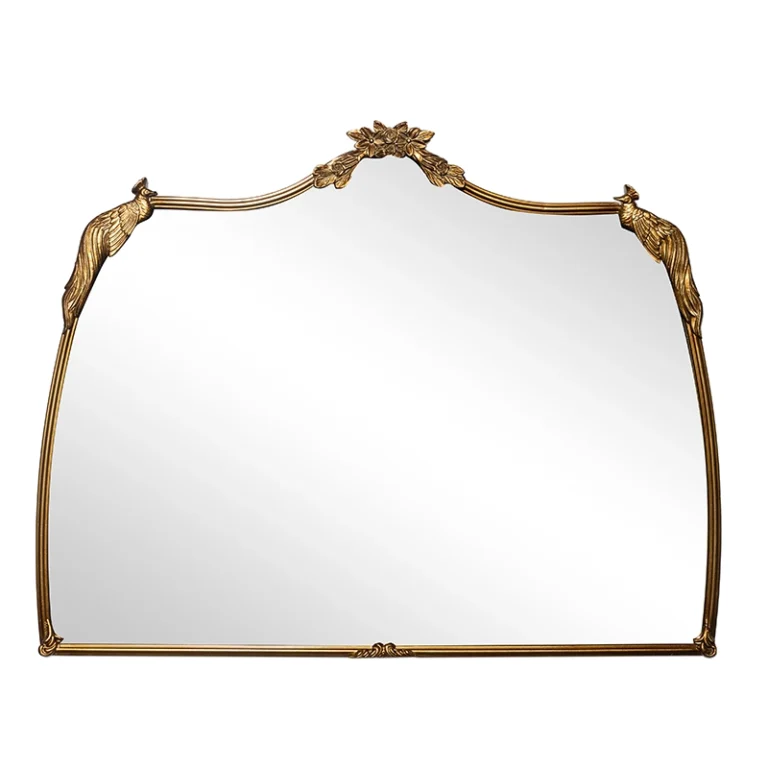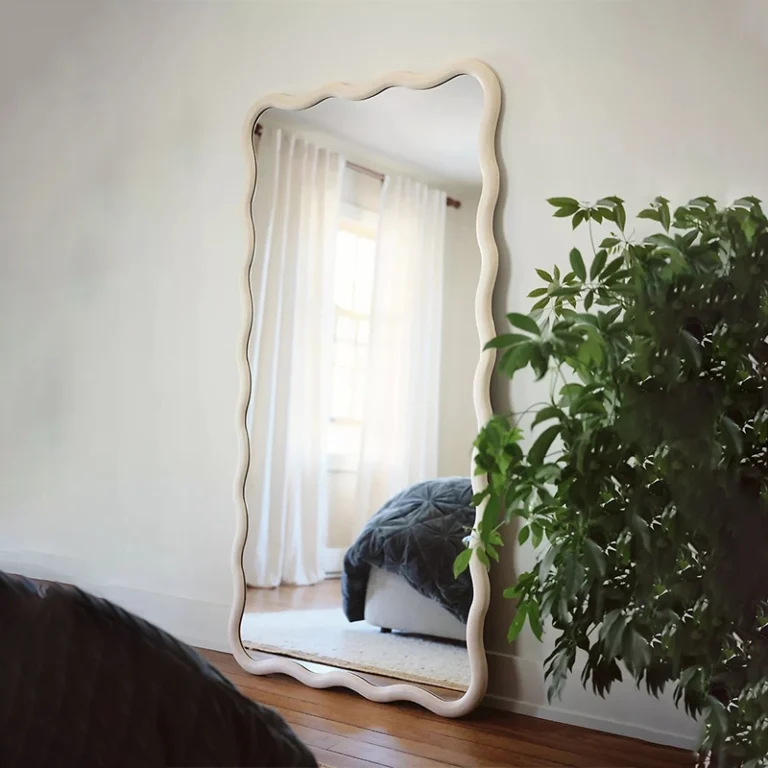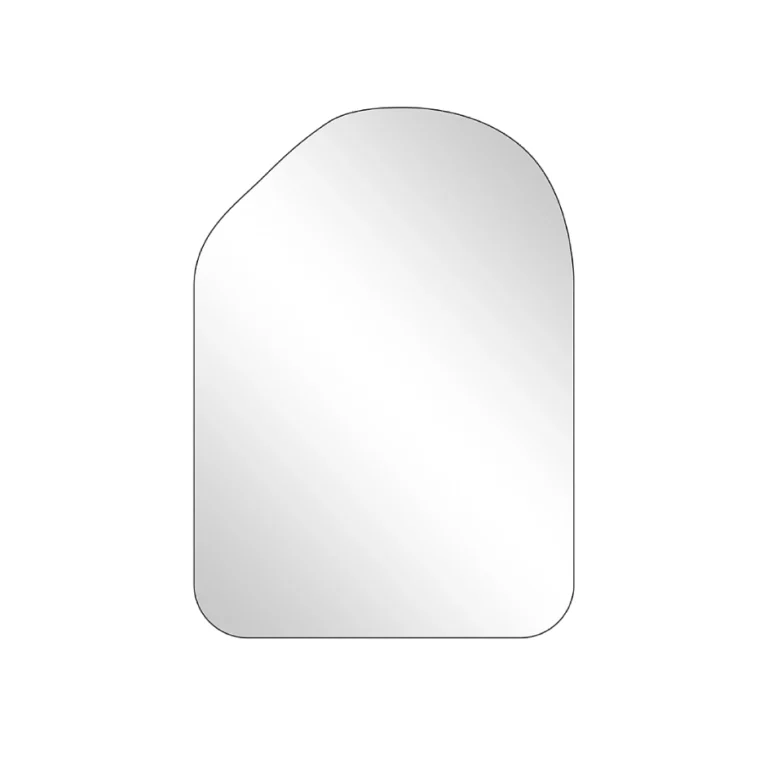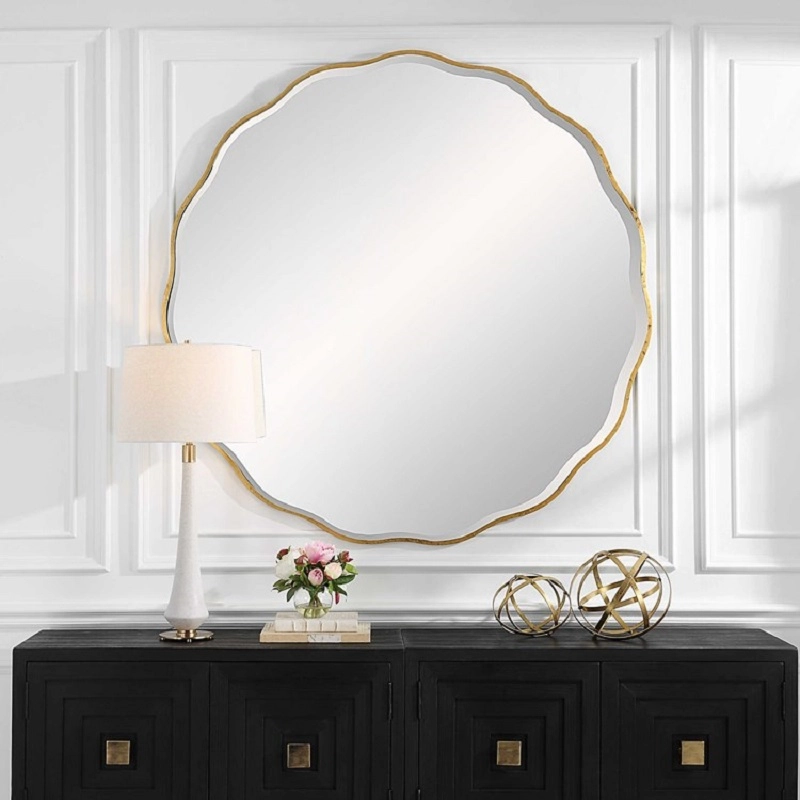Wall Mirror Design Scheme for Modern Minimalist Style
1. Mirror Shape Selection
-
Geometric Lines: Opt for rectangles, circles, ovals, or asymmetrical polygons, avoiding ornate carvings.
-
Examples: Frameless slim rectangular mirror (for entryway/bathroom), thin black-framed round mirror (for living room/bedroom).
-
-
Abstract Designs: Consider subtle curves or cut-out shapes (e.g., wavy edges, arches) for artistic yet understated appeal.
-
Size Tips: Match wall proportions—large spaces suit wide mirrors (enhancing openness), while small areas benefit from compact mirrors (as accents).
2. Material & Color Palette
-
Frame Materials:
-
Metal: Matte black, gunmetal, brushed gold (understated luxury).
-
Wood: Light oak or walnut (natural warmth, ideal for Scandinavian minimalism).
-
Frameless: Beveled-edge mirrors for ultimate simplicity.
-
-
Mirror Finish: Choose standard silver or gray-tinted glass (reduces glare, adds sophistication).
3. Functional Applications
-
Entryway:
-
Horizontal wall mirror + floating shelf below (for keys/decor).
-
Pair with recessed LED lighting (creates a “floating” effect).
-
-
Living Room:
-
Lean a full-length mirror against the wall or group smaller mirrors (e.g., two staggered circles).
-
Use monochrome paint or micro-cement walls to highlight the mirror’s shape.
-
-
Bathroom:
-
Anti-fog round mirror + hidden storage (mirror cabinet with handle-free design).
-
Coordinate with matte black fixtures for cohesion.
-
4. Styling Tips for Modern Minimalism
-
Negative Space: Allow ample empty wall space around the mirror.
-
Reflective Strategy: Position opposite windows or greenery to visually expand the room.
-
Material Harmony: Match the frame color to other elements (e.g., light fixtures, furniture legs).
5. Recommended Brands/Purchasing
-
Luxury Designs: Muuto, Ferm Living.
-
Budget-Friendly: IKEA (Hovnäs series), ZARA HOME.
-
Custom Options: Local glass workshops (for frameless/custom-cut shapes).
With this approach, a Wall Mirror becomes both functional and a focal point in a modern minimalist space. The key is “less is more”—prioritize clean shapes, pure materials, and seamless integration with the overall style.
